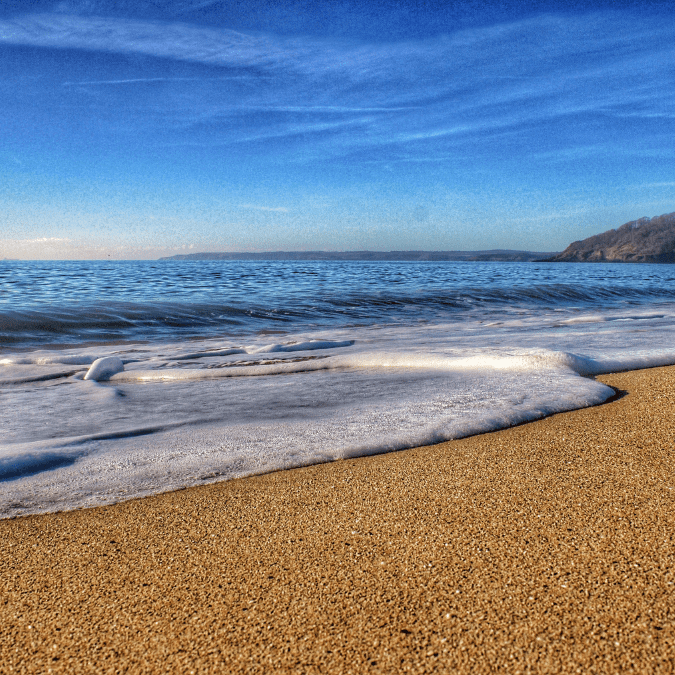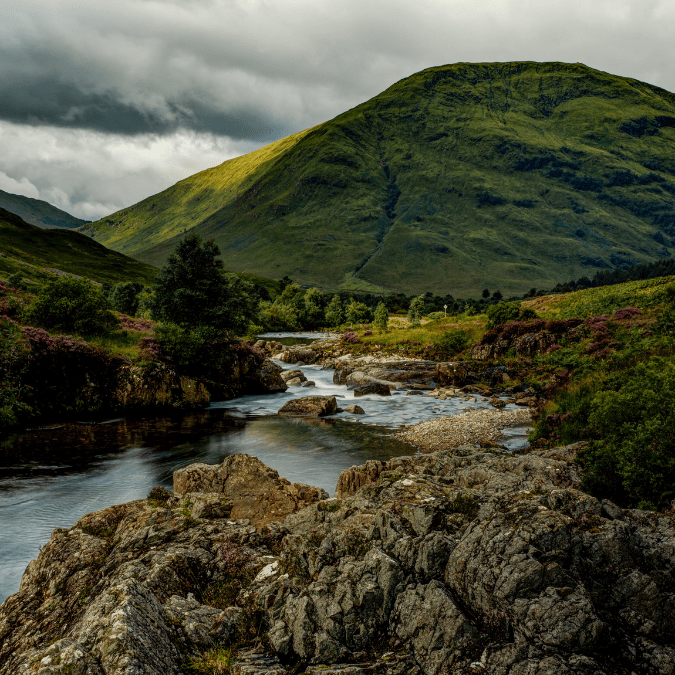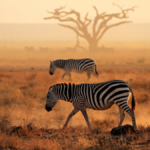One of the factors that have a significant effect on the Kenyan travel adventure is the country’s varied weather. Depending on the patterns of the rains, dry seasons, coastal winds, and altitude disparities, travelers experience different microclimates that drastically affect the experience of safari, beach, and mountain climbing or cultural festivals.
Therefore, knowing when to stay away is essential. From knowing when to avoid muddy roads in wildlife parks to packing the right gear for a highland hike, grasping our country’s weather patterns allows you to optimize your itinerary.
This familiarity with the country’s unique climate also fosters a deeper appreciation for Kenya’s natural cycles and how they’ve shaped the landscapes, cultures, and traditions over centuries.
Whether you’re admiring the rejuvenating green slopes after the rainy season or marveling at the sheer numbers of animals congregating around a dwindling water source in the dry months, the weather provides a visceral connection to the rhythms of the land.
Kenya’s Prime Safari Season

Another advantage that tourists find appealing about Kenya is the fact that it provides the ideal safari destination. But in the case of recognizing the wide spectrum of animals, the weather plays a vital role for the region.
Kenya has a well-defined wet and dry seasoned environment directly affected by the country’s latitude and location to the equator and the Indian Ocean.
The Dry Months
Kenya has 2 dry seasons. The first runs from December to March-this is the summer season in the country and the second one runs from June to October. The hot and sunny days in these dry seasons make it a preferred season for visits to the safari park and other outdoor activities.
The ideal time to visit Kenya is during the dry season that occurs from June to October. It is a season with a low amount of rainfall and most of the plants are yellow. It is during the dry seasons when Wildebeest migration is recorded in the Maasai mara and the animals follow the rains in search of new pastures.
There are fewer bushes and small trees hence it is easy to detect wild animals congregating in the few patches of remaining water. But traveling at that time may be more expensive, and it may be full.
Different tourists are always in famous parks such as the Mara, Amboseli and Samburu among others. Safari holidays are typically three months long with Kenya’s major wildlife destinations that include Meru, Lewa, Laikipia, the Rift Valley lakes, and the coast.
The Wet Season

In between the dry seasons, Kenya has two rainy seasons. The first or longer wet season ranges from April to June with the peak rainfall coming in May. The shorter second rainy season is between November and mid-December.
There are also some things to enjoy during the wet seasons such as dusty roads and parks that are temporarily closed due to the rains. The green cover that comes up after the rains makes the scenery so beautiful and allow for the most fantastic photography shots.
One noteworthy aspect of Kenya’s wet seasons is the intensity of the rainfall. Downpours often start slowly in April and steadily increase until early May, after which they become lighter until stopping at the end of June.
These heavy but short bursts of rain are typical for countries along the equator and can happen both during the day and at night. The downside for visitors would be the difficult observation of animals due to the thick foliage.
At the same time, spring is the birthing period for many species, making it a unique time of the year to visit.
Moreover, low season leads to lower prices, while the small number of visitors might add to the intimacy of the experience. On the other hand, the rainy season April to May would make some roads and small airstrips drift and force some patches and reserves to close for the time being.
But for those willing to brave the mud and showers, the chance to witness newborn animals frolicking in the rejuvenated landscapes can be an incredibly rewarding experience.
Kenya’s Coastal Escapes

If a beach getaway is more your style, Kenya’s stunning Indian Ocean coastline offers a tropical paradise with its warm waters, swaying palms, and vibrant marine life. The coastal region experiences a consistently warm and humid climate throughout the year, influenced by the Northeast and Southeast Monsoon winds.
The best times to visit the Kenyan coast are during the drier months of January to March and July to September when the humidity is lower, and the risk of heavy rainfall is reduced. This allows you to fully enjoy the sun-drenched beaches and crystal-clear waters without the disruption of intense storms.
Exploring Kenya’s Highlands

Travelers who are tired of high temperatures and yearn to see breathtaking mountains may opt to travel to Kenya’s highlands. Areas such as the Laikipia Plateau and around Mount Kenya offer pleasant climates and thus support hiking, trekking, and bird watching.
However, it is important to note that the best months to visit these destinations are during the dry seasons starting from June to October when the trails are easier to maneuver and the skies are less hazy.
Understanding Kenya’s Temperature Patterns

While Kenya’s location along the equator might suggest year-round high temperatures, the country’s diverse landscapes and altitudes create a range of microclimates that defy expectations.
In the dry season, during the months of January and February, temperatures during the day may reach 95 F to 104 F or (35 C to 40 C) while night temperatures are more moderate at 77 F to 86 F or (25 C to 30 C).
The rainy season from July till August is hot with an average temperature range of 86°F – 95°F (30°C – 35°C) during the day and 68°F – 77°F (20°C – 25°C) at night.
However, these averages do not present the entire story regarding the season’s temperature. The presence of such diverse topographical features in Kenya as the hot and wet coasts and the mountainous regions affect the climatic conditions in the country. The best way to truly experience Kenya’s weather is to embrace its diversity and plan accordingly.
By staying informed, planning ahead, and being prepared for changing conditions, travelers can navigate Kenya’s weather with confidence and make the most of their journey through this captivating country.
Whether you’re seeking a thrilling safari adventure, a serene beach escape, or an opportunity to immerse yourself in rich cultural traditions, Kenya’s diverse weather offers a backdrop that enhances every experience.





